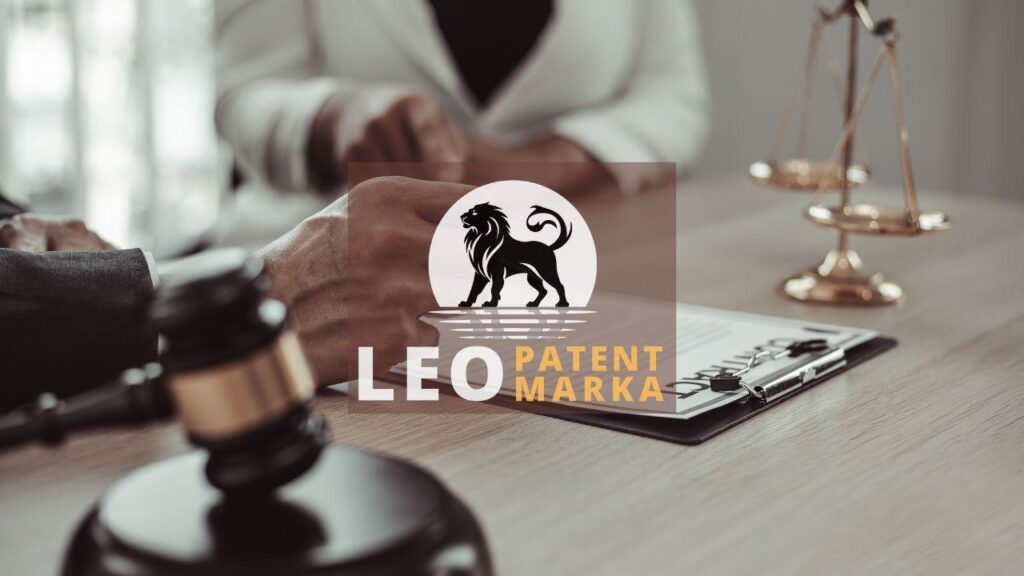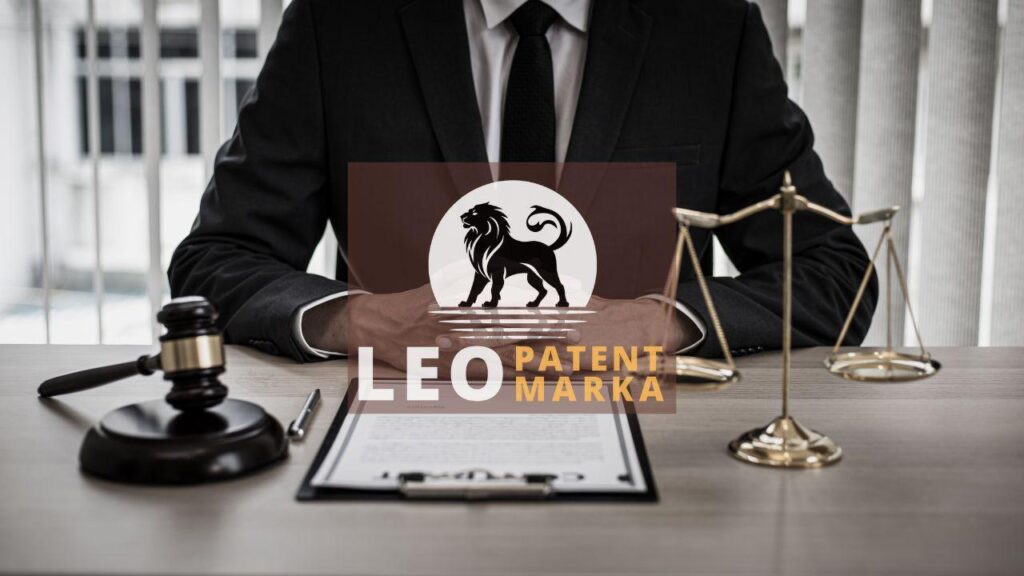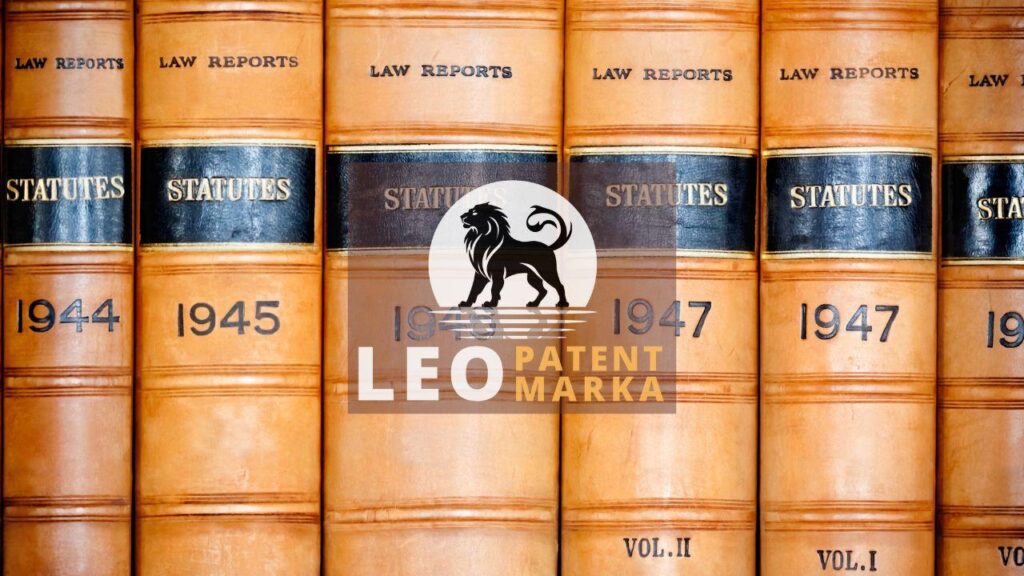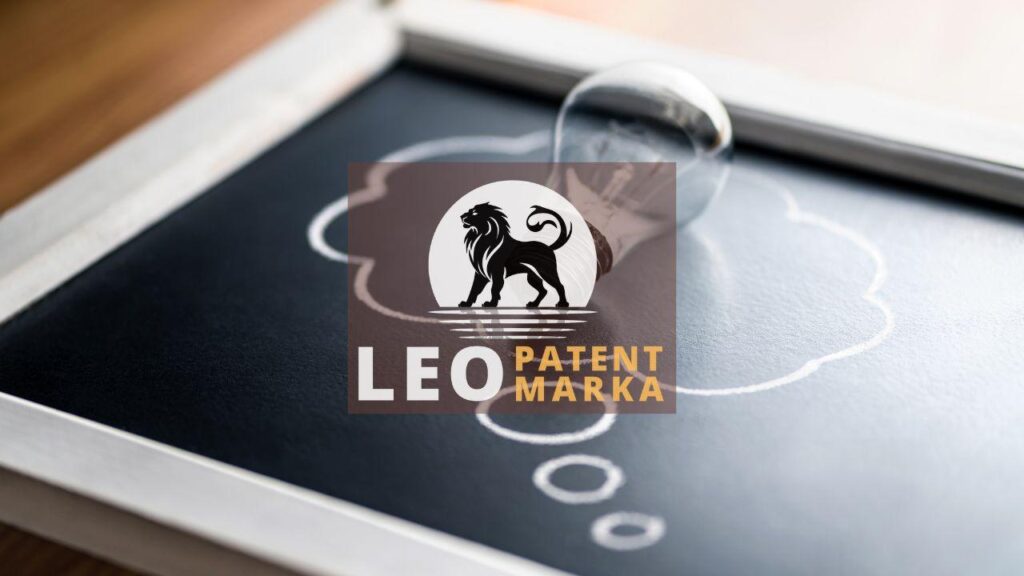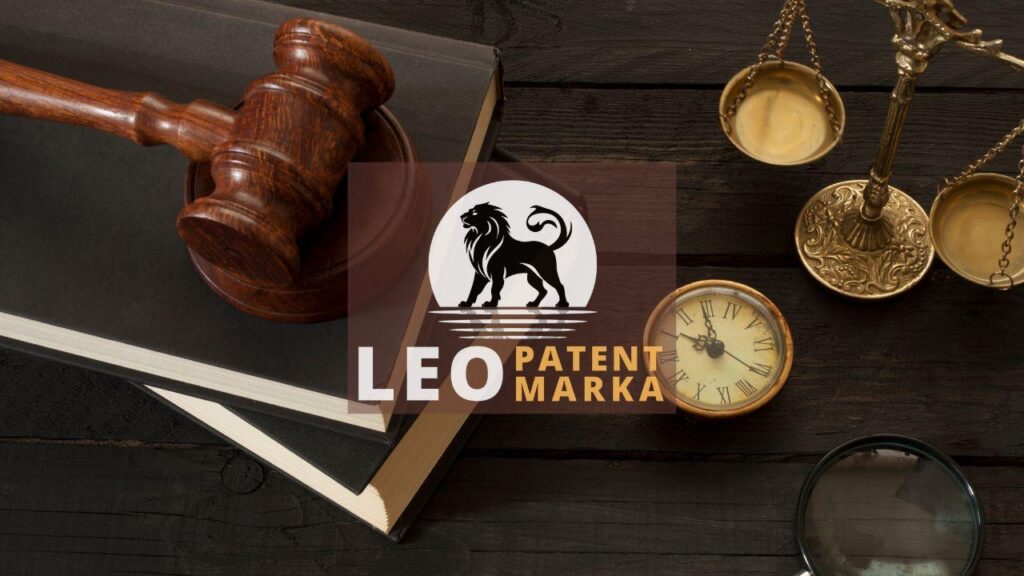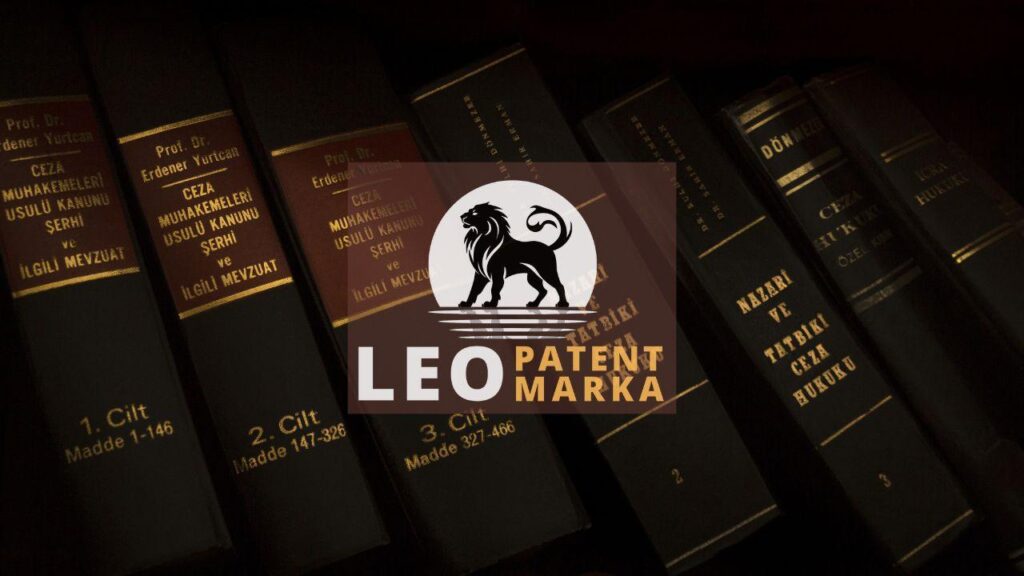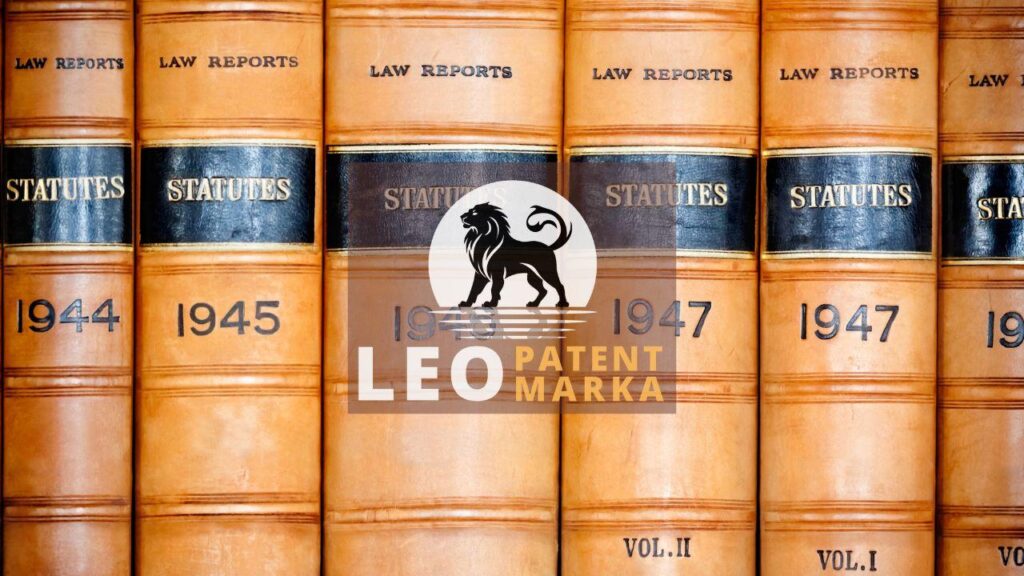When you discover that someone has infringed on your trademark, it can feel like your business identity is under attack. Trademark infringement can dilute your brand, confuse your customers, and ultimately harm your reputation. It’s a situation that no business owner wants to face, yet it’s crucial to act swiftly and decisively. Protecting trademarks is not just about having a registration; it’s about enforcing your trademark rights. First, gather evidence of the infringement. This might include screenshots, product samples, or customer testimonials. Next, consult with a legal expert to explore your trademark infringement remedies and decide on the best course of action. Sometimes, this could mean sending a cease and desist letter. Other times, it might mean taking stronger legal action for infringement. Remember, safeguarding your brand is paramount. Address trademark infringements head-on to maintain your business’s credibility and sustain its success.
Understanding Trademark Infringement and Its Consequences
Trademark infringement occurs when a third party uses a mark that is identical or confusingly similar to your registered trademark, leading to consumer deception or confusion. Imagine pouring years of hard work into building your brand, only to see someone else reap the benefits of your reputation. This unscrupulous act not only siphons off potential profits but also erodes your brand’s uniqueness. Protecting trademarks ensures that your brand remains distinct and recognizable in a crowded marketplace. Trademark infringement remedies range from simple corrections to more serious legal action for infringement. It’s about securing the image you’ve worked so hard to establish. Effective trademark rights enforcement deters future violations, bolstering your brand’s strength. Don’t wait until you’re knee-deep in branding chaos. Understand the implications early, and prepare to fight for the identity of your business.
Understanding trademark infringement and its consequences is vital for any brand craving longevity. Picture it as a storm brewing over your business—harsh and potentially devastating. Trademark infringement can spiral into a whirlwind of legal battles, draining both time and resources. But the aftermath doesn’t stop there; it can fracture customer loyalty as they become ensnared in a web of confusion. Imagine clients mistaking a cheap imitation for your quality product. That’s a scenario where nobody wins. Protecting trademarks is like constructing a sturdy fortress around your brand identity. Proper enforcement of trademark rights serves as an insurance policy, warding off sneaky intrusions. Legal action for infringement, though daunting, might be necessary to uphold the sanctity and value of your brand. By understanding the implications—and acting accordingly—you cast a wide safety net over your intellectual property rights, ensuring your business sails smoothly through stormy waters.
Trademark infringement is a glaring red flag that requires immediate attention; it’s akin to a thief looting a house in broad daylight. Ignoring it can inadvertently signal that your brand isn’t worth protecting. Instead, tackling trademark infringement strengthens your market position and reaffirms your commitment to authenticity. Picture your brand as a lighthouse—standing tall against the swirling chaos of competitive waters. It’s critical to deploy trademark infringement remedies promptly to prevent irreversible damage. How can you start? By shoring up your defenses with comprehensive trademark rights enforcement, solidifying your brand’s foundation. Legal action for infringement is not just an option—it’s a necessity when your brand’s integrity is on the line. Remember, protecting trademarks isn’t a passive act; it’s an active declaration that your business’s reputation and success are non-negotiable. Even in the midst of tumult, make certain your brand stands unshaken, a beacon of quality and trust.
Practical Steps to Protect Your Brand Rights
Taking the initial steps to confront trademark infringement is essential for protecting your brand. First, stay vigilant and regularly monitor the market for any unauthorized use of your trademark. Imagine your trademark as a lighthouse guiding your customers— any attempt to replicate it can lead them astray. If you spot a potential infringement, document everything. Save emails, take screenshots, and gather any relevant physical evidence. This documentation will bolster your case when discussing trademark rights enforcement with a legal expert. Consider the most effective trademark infringement remedies, which may range from a simple cease and desist letter to more serious legal action for infringement. By being proactive, you’re not just protecting trademarks, but asserting your brand’s identity and trustworthiness in the marketplace. Remember, the journey to safeguarding your brand starts with every deliberate step you take today.
Begin by identifying all instances of unauthorized use of your trademark. This is like fixing leaks in your ship before it sinks. Once identified, act fast to protect your trademark rights. Use technology to help you keep an eye on the market. There are tools to alert you of any potential trademark infringement. Early detection keeps small problems from becoming big headaches. If you find someone infringing, reach out directly. Often, a quick, professional conversation can resolve the matter. If not, legal action for infringement becomes necessary. Engage a legal expert to guide your trademark rights enforcement process. They can help craft strategic trademark infringement remedies. This might mean sending a cease and desist letter or escalating further if challenges persist. Your brand is your livelihood; don’t shy away from protecting trademarks with every tool at your disposal. Taking the reins now ensures your business sails smoothly.
To effectively safeguard your brand, take purposeful steps towards protecting trademarks. Start by ensuring your trademark is legally registered. A registered trademark fortifies your position in trademark rights enforcement, acting as a shield against unauthorized use. If you identify potential trademark infringement, carefully evaluate possible trademark infringement remedies. Sometimes simple measures, such as dialogue or a cease and desist letter, can be sufficient. However, when these do not suffice, employ legal action for infringement. Seek expert advice to navigate complexities and tailor strategies for a favorable resolution. Don’t underestimate the value of technology. Use monitoring services to identify any unauthorized use swiftly. Establish a routine for these checks to stay ahead of potential issues. Protecting your trademark isn’t just an afterthought, it’s an ongoing commitment to maintaining your brand’s strength and integrity. With vigilance and proactive measures, you ensure your brand’s success and longevity in a competitive market.
Legal Remedies Available for Trademark Infringement
Trademark infringement isn’t a battle lost. It’s a call to arms. Once infringement is confirmed, assessing legal remedies becomes crucial. Protecting trademarks starts with understanding your options. One common step is sending a cease and desist letter, which formally requests the infringer to stop using your trademark. This often resolves the issue without further conflict. However, if this falls on deaf ears, courts can become your allies. Legal action for infringement might involve seeking injunctions to halt unauthorized use or pursuing damages for any harm done. The specifics depend on the case, yet the goal remains clear: trademark rights enforcement. Consulting with legal counsel ensures the right approach, tailored to your business’s needs. Remember, each step you take strengthens your defense, helping safeguard your brand’s integrity and market presence.
When someone’s infringing on your trademark, time to consider trademark infringement remedies. Initially, an amicable resolution might be possible through negotiation. Yet, if discussions falter, legal action for infringement becomes necessary. Options include filing for injunctions to prevent ongoing use, protecting trademarks from further damage. Additionally, seeking monetary damages is another path, compensating for potential losses incurred. Important too, is considering trademark rights enforcement through mediation or settlement. These alternatives can deliver swift solutions without the courtroom drama. Each legal remedy has its unique vantage point, offering diverse strategies suited to your business’s peculiarities. Consulting legal counsel ensures you’re not in this alone, turning legal complexities into manageable challenges. This proactive approach fortifies your brand’s shield, ensuring that trademark infringement doesn’t undermine your hard-earned reputation.
When you’re staring down the barrel of trademark infringement, options abound. Legal action for infringement can range from seeking an injunction to halt misuse to exploring cost-effective trademark infringement remedies. Protecting trademarks involves more than just defense. Offense is equally vital. Courts can impose penalties, turning infringement into a costly mistake for offenders. But don’t overlook trademark rights enforcement via arbitration or settlements. These approaches often save businesses from drawn-out courtroom sagas. The nuances of each legal path vary, reflecting your unique situation. Engaging with experienced legal counsel is smart. They navigate the nuances, ensuring your brand doesn’t just survive but thrives. By taking a measured, informed approach to trademark infringement, you solidify your brand’s standing and guard it against future threats. Remember, protecting trademarks isn’t just about what you prevent; it’s proactive stewardship of your brand’s future.
Disclaimer: This article is for general information purposes only and it is recommended that you consult experts and companies in that field to evaluate your specific situation. We are not responsible for any damage that may arise from the use of the information in this article.

